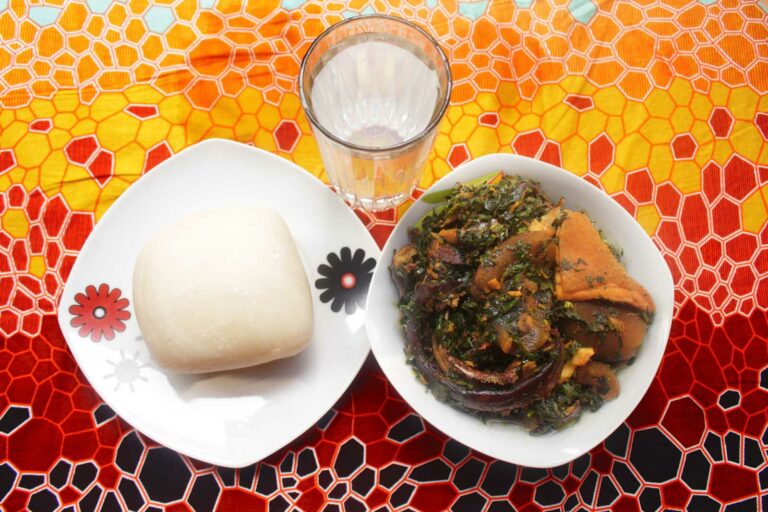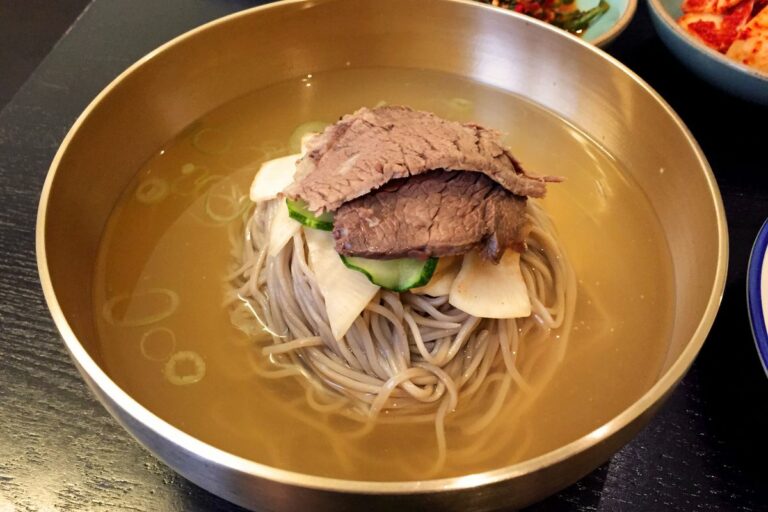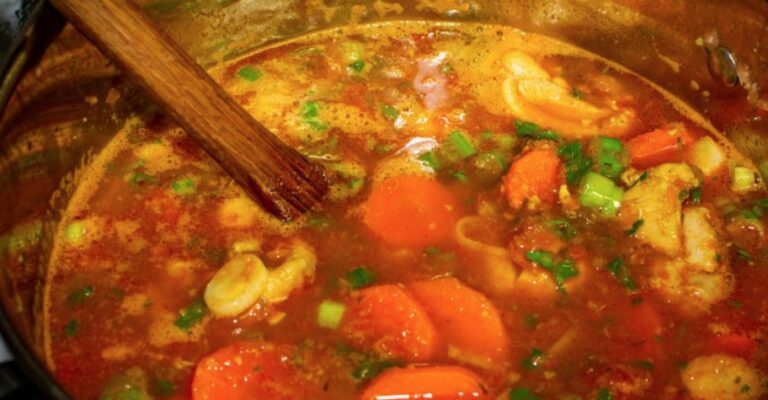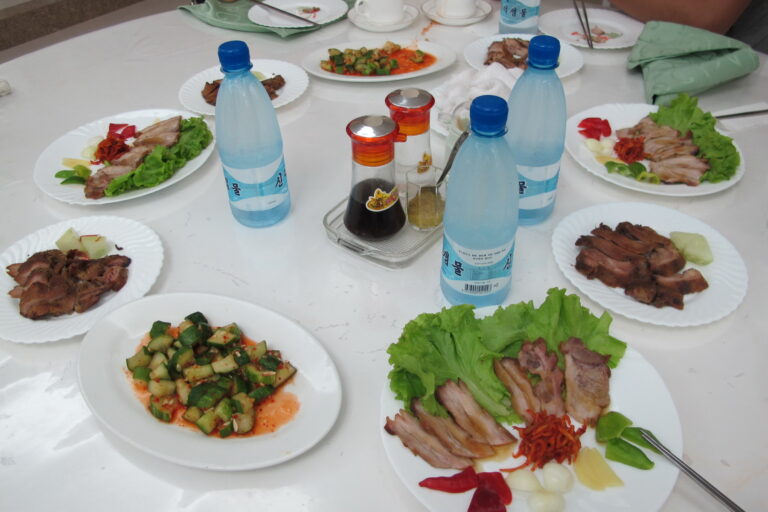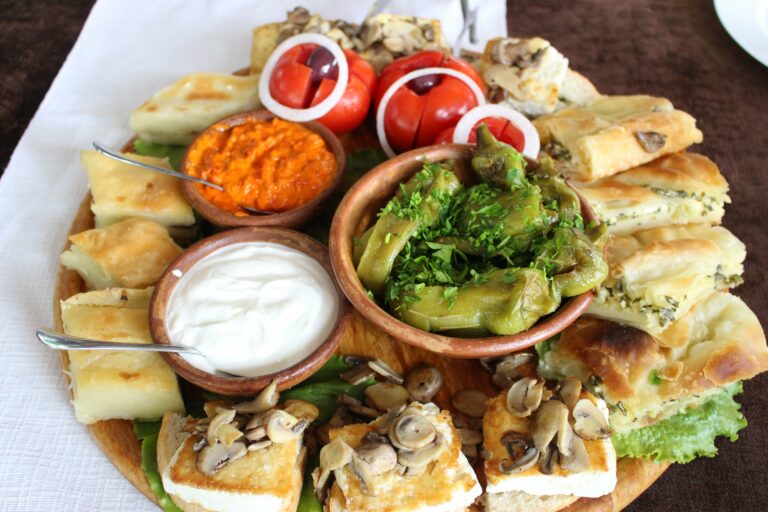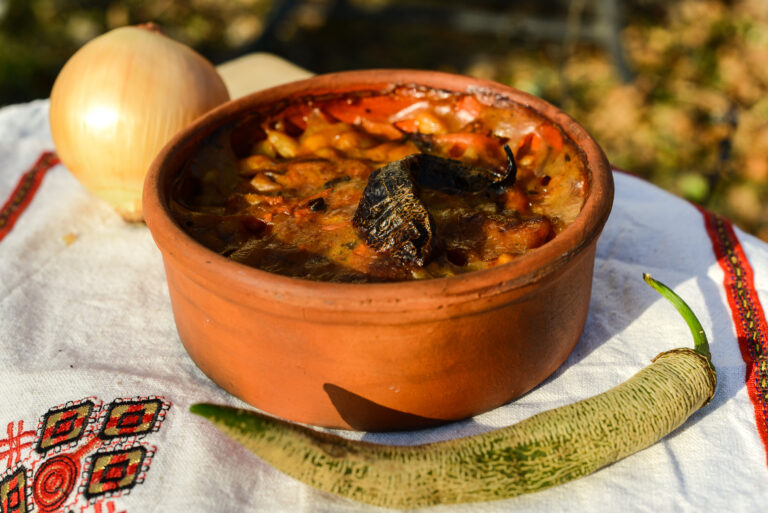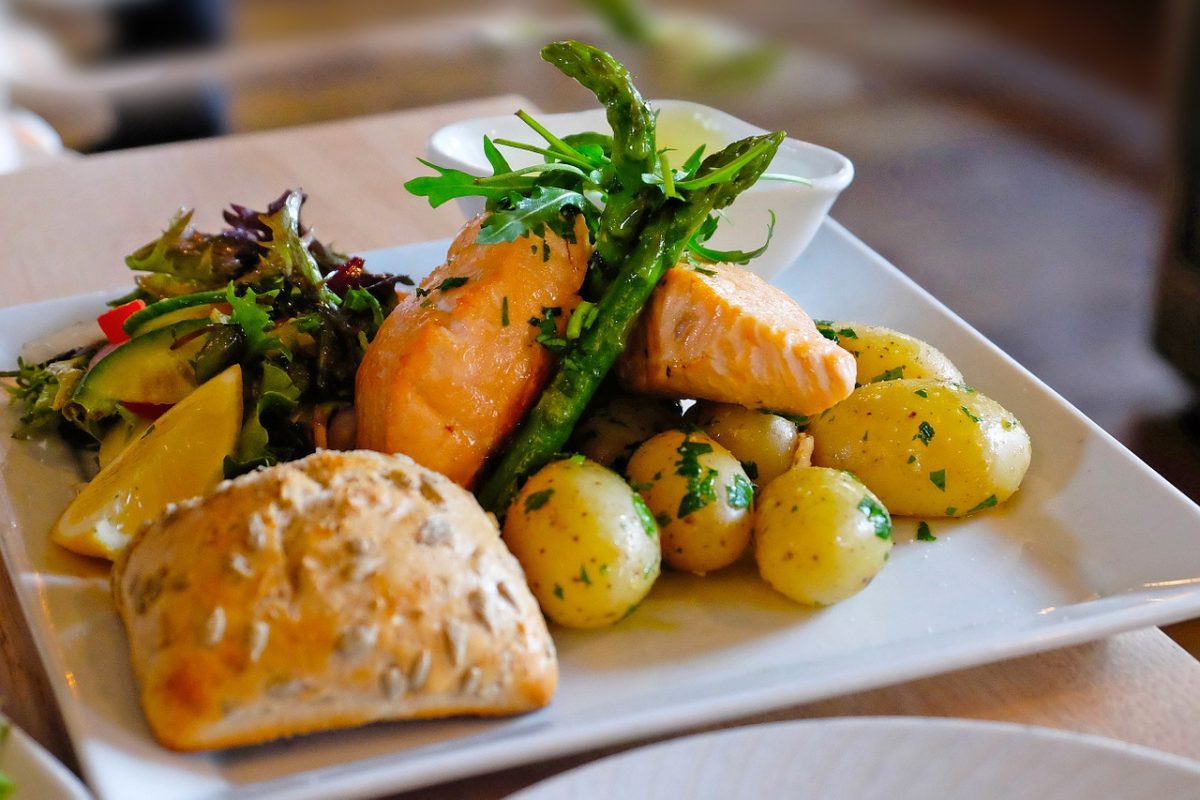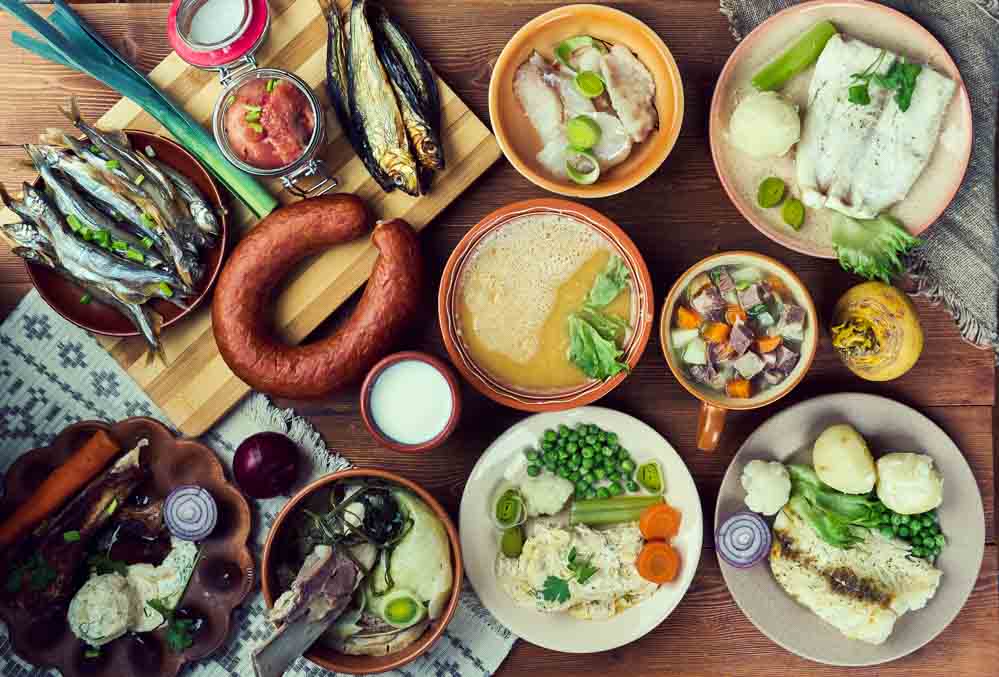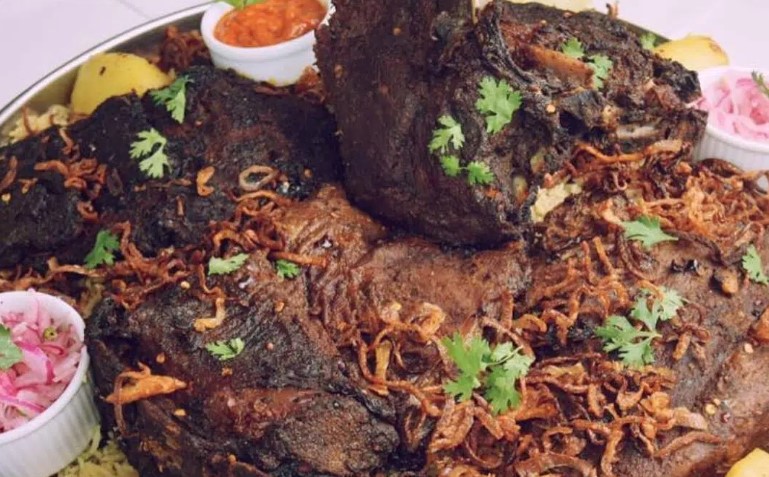Introduction to Nigerien Cuisine
Nigerien cuisine is a reflection of the diverse cultures and traditions of the West African country of Niger. The cuisine is characterized by a variety of spices, grains, vegetables, and meats. It is a blend of traditional African recipes and modern cooking techniques. Nigerien cuisine is not widely known outside of West Africa, but it is slowly gaining popularity for its unique flavors and ingredients.
Traditional Ingredients in Nigerien Cuisine
The traditional ingredients in Nigerien cuisine include millet, sorghum, rice, cowpeas, peanuts, okra, and various vegetables such as eggplant, tomato, and onion. These ingredients are often used to make stews, soups, and porridges. Meat, such as beef, goat, and mutton, is also a staple in Nigerien cuisine. Grilled or roasted meat is often served with a side of rice or millet.
Unique Ingredients Found in Nigerien Cuisine
One unique ingredient found in Nigerien cuisine is baobab leaves. These leaves are rich in vitamin C and are used to make a traditional soup called “miyan kuka.” Another unique ingredient is “suya” spice, which is a blend of ground peanut, chili pepper, and other spices. It is used to season meat for grilling or roasting. “Daddawa” is another unique ingredient, which is a fermented locust bean. It is used as a seasoning in stews and soups.
Health Benefits of Nigerien Cuisine Ingredients
Many of the traditional ingredients used in Nigerien cuisine have health benefits. Millet and sorghum are gluten-free grains that are rich in fiber and nutrients. Cowpeas and peanuts are good sources of plant-based protein, and okra is high in antioxidants. Baobab leaves are rich in vitamin C, which is essential for healthy skin and immune function. The spices used in Nigerien cuisine, such as ginger and turmeric, have anti-inflammatory properties.
Nigerien Recipes Incorporating Unique Ingredients
One recipe that incorporates baobab leaves is “miyan kuka,” a soup made with baobab leaves, dried fish, smoked turkey, and spices. “Suya” spice can be used to season beef or chicken skewers for grilling. “Daddawa” can be added to stews and soups for a savory, umami flavor. Another unique dish in Nigerien cuisine is “foufou,” which is a starchy dish made from cassava or yam flour and usually served with a stew.
Conclusion: Diversity and Richness of Nigerien Cuisine
Nigerien cuisine is a diverse and rich cuisine that incorporates traditional African ingredients with modern cooking techniques. The unique ingredients found in Nigerien cuisine, such as baobab leaves, “suya” spice, and “daddawa,” add distinct flavors and health benefits. Nigerien cuisine is a reflection of the country’s diverse cultures and traditions and is slowly gaining popularity outside of West Africa.

